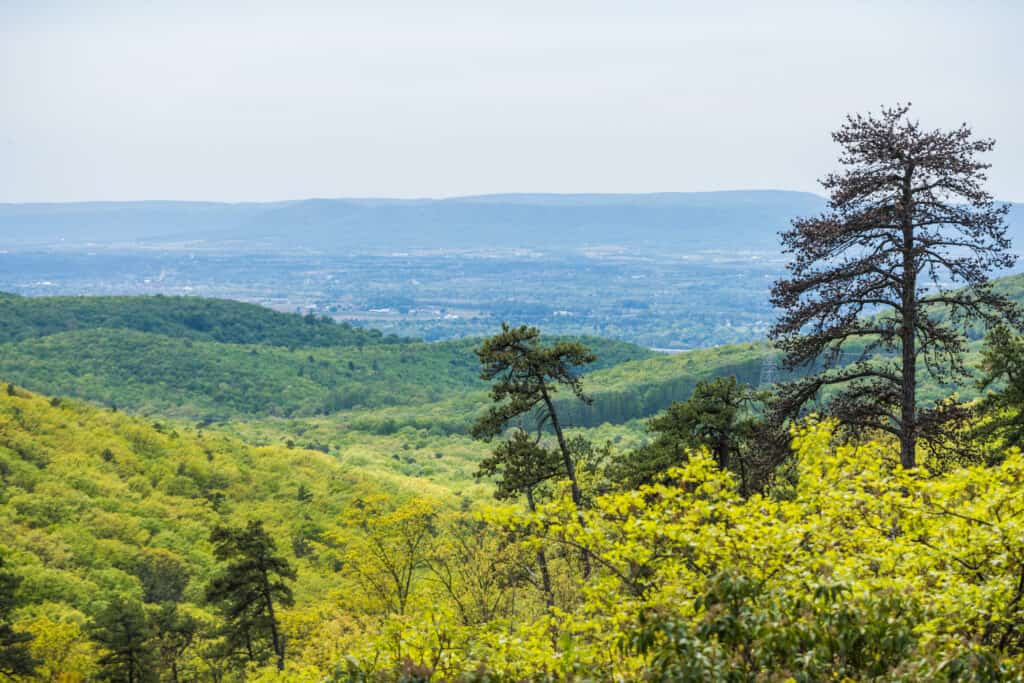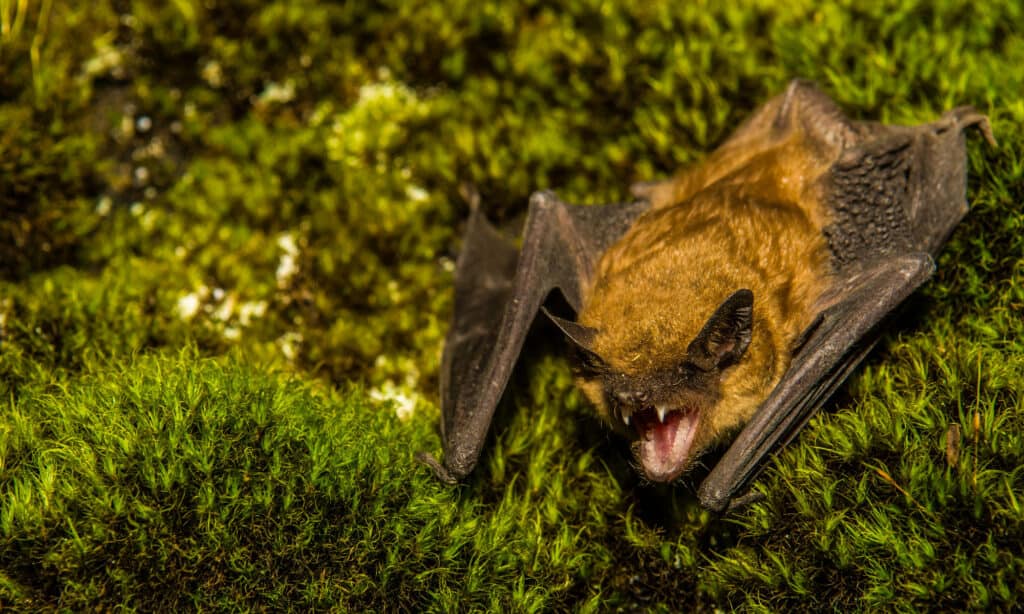Snowstorms can be dangerous. They are common but don’t affect all states the same. While Pennsylvania might not be the coldest state in the country, it experiences some large and intense snowstorms, especially in March. Although the temperature rises in March in Pennsylvania, the weather and climate are still frosty.
The average daily high in Philadelphia Pennsylvania during the month of March is 58°F, but it rarely falls below 35°F. Similarly, the daily high in Harrisburg Pennsylvania is 56°F. Still, once in a while, a large snowstorm slams Pennsylvania. But which one was the worst?
Discover the biggest March snowstorm in Pennsylvania’s history!
The Climate and Weather in Pennsylvania

©Christian Hinkle/Shutterstock.com
Pennsylvania is diverse and has two major climate zones. Some areas of Pennsylvania are warmer than others. For example, the southeastern corner of Pennsylvania is the warmest part of the state. However, the further north you go, the colder the average temperature. However, even warm parts of the states still experience cold and blizzard-like conditions. For example, most of Philadelphia is in the humid subtropical climate zone, but the city still receives a lot of snow. The mountainous parts of Pennsylvania have greater winter snowfall.
Interestingly, the entire state of Pennsylvania receives at least 41 inches of rainfall every year. However, snowfall can be double this in western parts of Pennsylvania, near Lake Erie. Pennsylvania’s weather varies year to year, but the state experiences snowstorms, lightning storms, and tropical cyclones. Tropical cyclones are more common during summer and fall. For example, Hurricane Agnes caused severe flooding throughout the state. In western Schuylkill County about 19 inches of rain fell during the 1972 hurricane.
Because severe weather isn’t common in Pennsylvania, it’s shocking when it happens. The coldest temperature ever recorded in Pennsylvania is −42 °F, while the highest is 111 °F. The record high for March in Pennsylvania is 92 °F, while the lowest is -35 °F.
But imagine waking up and opening your door to 60 inches of snow. This is what Gouldsboro residents experienced on March 22nd and 23rd in 1958. Two days prior, the state saw the highest snowfall in one day. The greatest 24-hour snowfall in the state is 38 inches, recorded in Morgantown.
The Biggest March Snowstorm in Pennsylvania

©Andrew Hearn/Shutterstock.com
The biggest March snowstorm in Pennsylvania is also the worst blizzard ever to occur in the state. This massive storm surprised Pennsylvania residents in mid-March. It’s sometimes nicknamed “The Superstorm of 1993.” This storm slammed the east coast starting on March 13 and ending on the 15th. Sadly, an estimated 300 people passed away because of the snowstorm, with about 49 of them being from Pennsylvania. Although the worst snowfall didn’t occur during the snowstorm, the danger was in the wild high winds. New records were made that day. About 23.6 inches of snow fell in 24 hours in Philadelphia. Harrisburg experienced over 20 inches of snowfall between March 13-15. Many businesses, major highways, and services were closed during the snowstorm and afterward as cleanup efforts were underway. Many people were stuck and stranded in their cars and the east coast suffered millions of dollars of damage.
How Do Late Season Snowstorms Impact Wildlife?
Late-season snowstorms don’t just impact humans, but other animals and plants. For instance, some animals hibernate but start to come out of their hibernation patterns during late winter and early spring. In March, many animals are awake and foraging for food. Late-season snowstorms and icy conditions affect these animals, and many starve or freeze to death. It’s especially confusing and harmful to birds, as it affects their migratory patterns. However, snowstorms don’t always cause lasting damage. For example, if the ground was warm previously, it’s unlikely the snow will last. However, this depends on the amount of snowfall. Two inches of snowfall is very different from 20 inches of snowfall.
Animals in Pennsylvania
Many animals in Pennsylvania thrive, regardless of the weather in late winter and early spring. Listed below are some common animals in Pennsylvania and their reactions to snow.
Bobcats
Bobcats are common throughout Pennsylvania. These medium-sized felines live in swamps, forests, and mountains. They also occasionally wander into the suburbs when hunting for food. Bobcats, however, are rarely seen. They are great hiders and fast runners. A bobcat can run up to 30 mph. They use their speed, quietness, and patience to stalk and strike at their prey. Bobcats survive winter by staying active since it takes their body a lot of energy to stay warm.
Snowshoe Hares
Snowshoe hares are rabbits with large hind feet. It looks like they are wearing snowshoes! These adorable animals survive winter by changing their coats to white to hide from common predators. Their coats are rusty brown in spring and summer. They also have black tufts of fur on the edges of their ears. Snowshoe hares are mainly hunted by the Canadian lynx. In winter, snowshoe hares eat branches, stems, and twigs.
Big Brown Bats

©Jay Ondreicka/Shutterstock.com
Another common animal in Pennsylvania is the big brown bat. These are vesper bats mainly found in North America. Big brown bats have large wingspans, some reaching between 12.8 to 13.8 inches long. These large bats are nocturnal insectivores, preferring large beetles. Big brown bats are some of the last bats to hibernate in winter, during which they seek shelter in warm buildings. You’ll likely miss these large flying mammals from October through March or April.
The post The Biggest March Snowstorm in Pennsylvania History Will Blow Your Mind appeared first on AZ Animals.
from Animal News, Facts, Rankings, and More! - AZ Animals https://ift.tt/4CQTajg